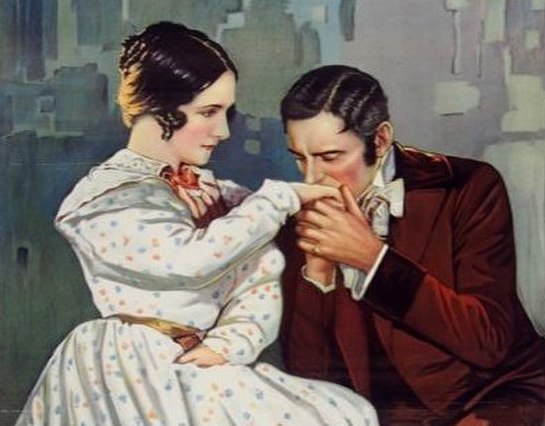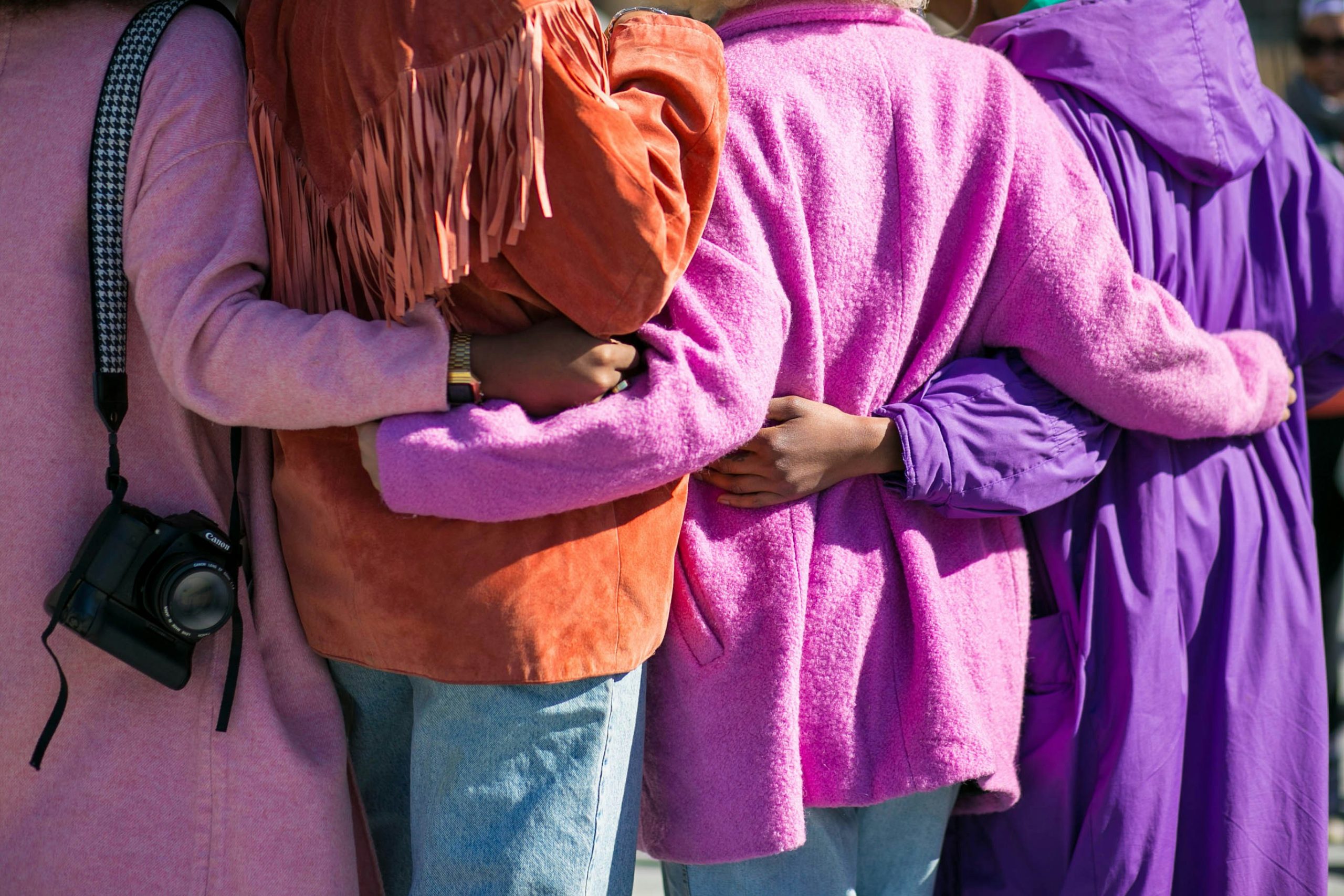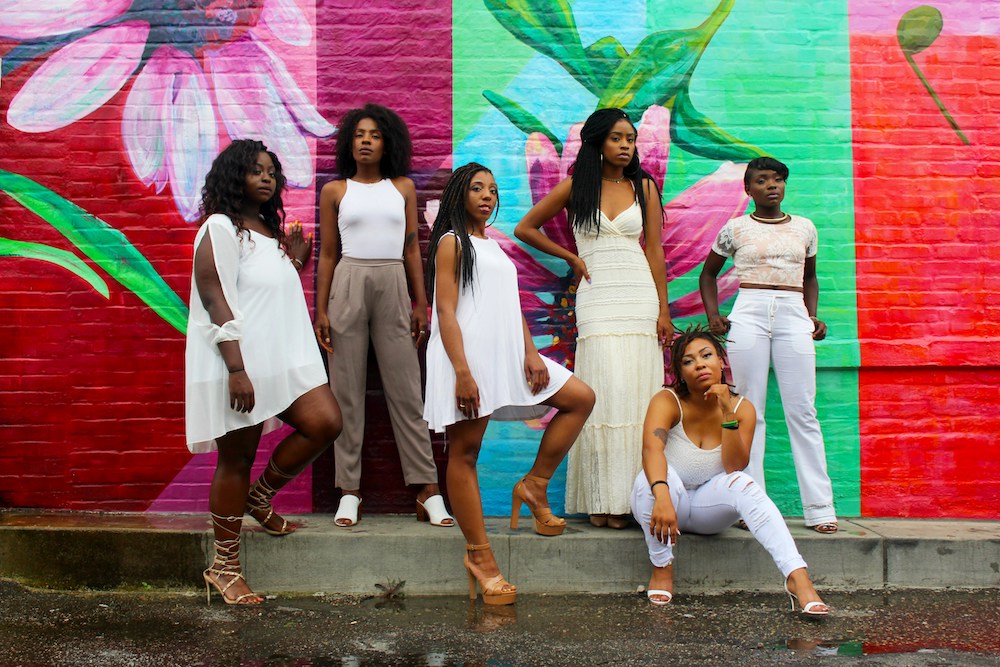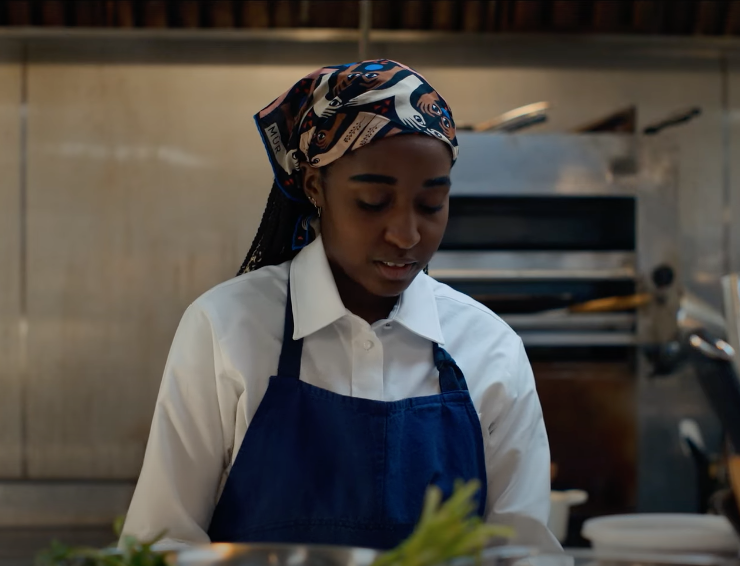Books & Culture
My Friendships With Other Girls Were Often Chaotic and Volatile
The cult dramedy "Freaks and Geeks" gets it right about teenage girlhood friendship

Skipping class in the girl’s bathroom, smoking outside the bar, or off in some far-flung corner of the church during youth group—these are the places where I met my best friends.
I was in grade seven when I met Morgan: stringy bottle red hair, braces, black eyeliner, and chipped black nail polish. Her oversized Misfits hoodie smelled like Gwen Stefani’s L.A.M.B. fragrance and cheap Canadian Classics cigarettes. Being her friend made me feel chosen.
I always wanted a group of girlfriends like the women in Sex and the City. But my real-life friendships were much more like the chaotic, volatile friendship between Lindsay Weir and Kim Kelly on the cult dramedy Freaks and Geeks.
In the show’s pilot, we meet Lindsay, a former mathlete donning her dad’s army jacket and ingratiating herself into the stoner clique. But she never fits in. Too square for the freaks, too freaky for the geeks, she drifts, trying to pick the side that will feel most her. She’s constrained by the arbitrary rules of high school that dictate where you sit at lunch. The smoker’s island, the art room, the cafeteria, the skate park — these locations are loaded with meaning. I never felt any fealty to these places or the identities they suggested. As Lindsay articulates, “All my new friends think I’m some goody-two-shoes, and all my old friends think I’m throwing my life away. What the hell am I supposed to do?” Where was I supposed to go? Luckily, girls like Kim always took me under their wing.
Morgan leant me screamo CDs and brought me red velvet cake on my birthday. Before I ever had a boyfriend, I wore her holey, musty My Chemical Romance hoodie with the pride of ownership.
Morgan and her mom invited me for dinner after school one night. It was a short bus ride from school to a townhouse complex identical to my own: 70s stucco facades, kids playing in the parking lot, moms in Family Guy pajama pants walking dogs.
The house reeked of that cigarette smell that seeps into the carpets.
The house reeked of that cigarette smell that seeps into the carpets. In Morgan’s room, Avenged Sevenfold and Slipknot posters covered the walls. Piles of ripped jeans, hoodies and underwear dotted the floor. The nightstand was stacked with empty pop cans, jelly bracelets and scattered jewel cases missing their CDs.
She plucked a weed-stuffed pill bottle from the detritus on her dresser.
“Smell this.” I sniffed and made a face. It smelled like skunky dirt, the way garbage weed stored in a pill bottle smells.
She shrugged. “I guess you don’t smoke weed.” We heard the front door open, and Morgan stashed the bottle.
Midway through our dinner of pizza and root beer, Morgan’s mom put down her slice and looked at me. “So, Caitlin.”
“Yes?” I answered, a string of mozzarella stuck to my chin.
“You’re a nice girl. You get good grades. You don’t skip class, and you don’t smoke. You go to church.” I nodded. “So why are you friends with my daughter?”
I laughed and wiped my hands on my jeans. “We became friends in gym class.”
“I don’t remember this,” Morgan said.
“We were playing soccer,” I continued, “Well, everyone else was. We were picking grass and sitting on the field. You made some stupid joke and it made me laugh. That’s it, really.”
After-school hangouts with bad girls are usually elaborate cover-ups so she can go to a boy’s house, while the good girl watches the boys’ friends play Call of Duty and hit a bong. I am the alibi, easily bought with bags of Sour Patch Kids. While my friend finishes a perfunctory hand job, I will dutifully wait around the corner, listening to The Smiths on my Walkman, drinking a Slurpee. I am well-acquainted with the dusty, pot-holed alleys of suburbia, its chain link fences and beige townhouses.
In “Kim Kelly is My Friend,” Lindsay and Kelly’s relationship deepens, from those initial reluctant group hangouts to real friendship. It’s the first time that we see that Kim needs Lindsay. Like so many young friendships, the relationship is replete with hidden motivations, fear of rejection, faux toughness and genuine care. Kim invites Lindsay over for dinner so her family will see she has a friend who’s smart and good, so she can win a little favor with her parents, become good by proximity.
Instead of making Kim look good, things fall apart. Lindsay is just along for the ride, sitting in the passenger seat of Kim’s car as Kim nearly runs over her boyfriend. Lindsay is a loyal sidekick in the chaos of Kim’s life. After seeing Kim’s poverty and abusive family life, she understands her more, and feels sorry for her. Like Lindsay, I would rather be on a bad girl’s side than against her. Like Lindsay, my feelings towards my friends seemed to be equal parts pity and fear.
Like Lindsay, my feelings towards my friends seemed to be equal parts pity and fear.
The empty spaces of the suburbs left me exposed, a pale dot on a crispy, dried-out soccer field. Pine trees provide insufficient cover when you’re skipping class and trying to get away with it. But I always had an excuse. I always had the benefit of the doubt. I had no problem creating stories about why I missed math class, but I spent all evening with a stomach ache, shivering with fear of being found out. As if there would be some cosmic punishment for missing third period and drinking Red Bull in the park.
Lindsay deals with this type of insecurity, too. Much of Freaks and Geeks revolves around Lindsay making a choice, about sex or drugs or cheating. In one episode, she lands in the principal’s office after helping her friend Daniel cheat on an exam. My own misadventures often landed me in the office, trying to justify everything from being late for class to lighting fires in the alley behind the 7-11. There’s a fine line between an anxiety stomach ache and the thrill of getting away with something.
Lindsay negotiates her identity through all her relationships, including her friendship with Millie, her nerdy Christian pal. The difference between them is that Lindsay is most comfortable in the liminal, negotiating between being smart and speaking up. Millie tries to take a bad girl turn after her beloved pet’s death, but she ultimately goes back to Sunday school and long denim skirts. After a spell of guilt, Lindsay abandons her army jacket and sits with the geeks again, but it doesn’t last long. Soon enough, she’s back under the bleachers at lunch, watching the boys get stoned. She likes being a freak. She needs friends like Kim Kelly.
Morgan and I would traverse the cracked sidewalks of the city, long blocks of empty lots and strip malls. Languished on picnic tables by man-made lakes, watching boys pick up cigarette butts to roll into a spliff, Vans crunching over glass and gravel. So much of girlhood is about watching boys. Lindsay and Kim’s friendship is forged in basements and garages, sitting on dusty couches, watching band practice. Sometimes they’re drawn together just because they’re the only girls.
Morgan wasn’t my best friend – it was always more complicated than that. I was a partner in crime, if the crime was going to Taco Bell at lunch and showing up to science class fifteen minutes late with half a bean burrito. Other days, she would pull tricks on me, unfastening my bra during class just to make me panic. She was chaotic and unafraid, a trickster spirit in Manic Panic hair dye. I wanted so desperately to be that fearless.
I wanted so desperately to be that fearless.
At the end of Freaks and Geeks, Lindsay and Kelly embark on a road trip following the Grateful Dead. Lindsay chooses her friendship with Kelly. The version of Lindsay who gets on a bus with Kim at the end of the series is a more self-actualized person. Kim wasn’t a shrew who needed to be tamed by a good girl; Lindsay needed Kim to become more herself. Not the mathlete, not the good girl. Not a bad girl like Kim, either. But someone who trusts her gut. That’s the lesson every good girl needs from the bad girls in her life: the tenacity to do what you want.
The friendships between teenage girls are complicated. Girls absorb each other’s personalities in friendships. Like heat-seeking missiles, we intuit who we need to steal from and whose nature will make us more interesting and dynamic people. Kim and Lindsay don’t become friends because they have something in common – they need to take little pieces of the other. This is how we are as girls, drawing life from each other until the self can become hard to distinguish, like Ingmar Bergman’s Persona with skinny jeans and black eyeliner.
“Just because a girl speaks her mind doesn’t mean she’s a psycho,” Lindsay says of Kim. In Kim, Lindsay sees how powerful it is to speak her mind and how marginalized girls are when they speak up. Better to be marginalized for speaking up than shoved into a convenient box like “good girl”. Lindsay doesn’t shy away from the power of speaking up; she runs towards it.
By the end of the series, the girls are genuine friends. Freaks and Geeks’ final scene is Lindsay and Kim finally on the road, creating their own identities together.
One night, walking around guzzling warm cans of PBR, Morgan and I ducked into a Safeway for snacks. Drifting down the aisles, she grabbed a carton of eggs.
“What are you –” I started. Morgan held a finger to her lips, and we walked to the till.
Driving down dimly lit suburban streets, licking Dorito dust off my fingers, I forgot about the carton in the back seat.
We pulled into a dark parking lot. I glanced around and realized we were at the high school. She jumped out of the car. You can guess where the eggs ended up.
Morgan held out the carton to me. “Just throw one.” Hesitantly, I plucked an egg from the cardboard carton. I was done watching other people break the rules. I wanted to do something, even something as stupid and juvenile as egging a building. My life until that point seemed defined by inaction, by hesitancy.
I briefly felt the egg’s smooth surface in my hand before lobbing it at the wall. The way it smashed against the brick was satisfying. We emptied the carton and went on our way. I felt, for the first time, I wasn’t a bystander. I was an accomplice, a girl who made choices. I had agency.
I wasn’t a bystander. I was an accomplice, a girl who made choices. I had agency.
Lindsay participates in many such acts of petty vandalism, even inadvertently egging her brother during a Halloween prank. Each act of rebellion leaves her wondering what rules are worth breaking. Does she really want to be more like Kim? We never get a definitive answer from Lindsay – Freaks and Geeks, tragically, lasted only one season. Even though I lost touch with Morgan, I’ve never been without the influence of a Kim, a girl who dares to ask, “What’s the worst that can happen?”
I always felt less than the girls I followed behind, less alive. I clung to them, unconsciously forming alliances that would make me feel powerful, important, anything but the boring church girl I felt doomed to be. I wanted to be cracked open.
Like so many girls, I wasted a lot of time wondering what type of girl I should be, if I even had any say in the matter. The girls I clung to weren’t exactly who I wanted to be. Morgan terrified, frustrated and intrigued me. We weren’t sisters, we weren’t each other’s soulmates, as Charlotte suggests the women are on Sex and the City. We were something much less stable to each other, but just as vital – catalysts in our own journeys towards being whoever we would be.








